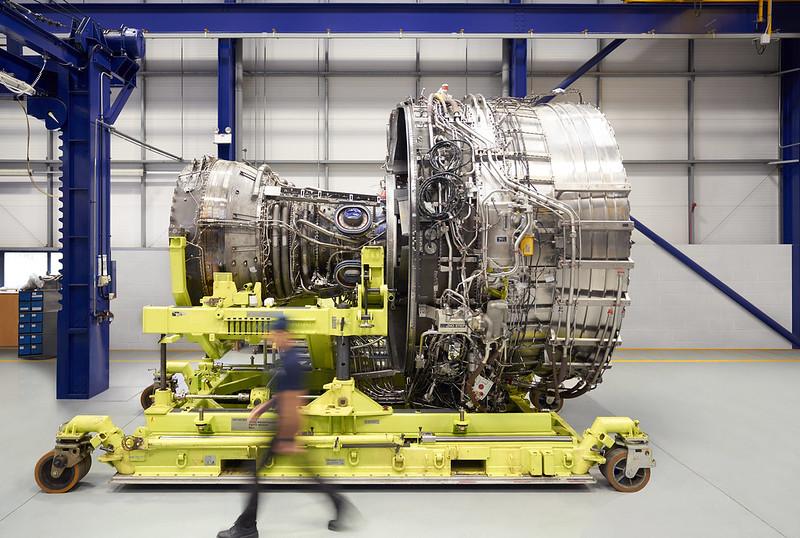
Credit: Rolls-Royce
Rolls-Royce said it expected the challenges linked to the war in Ukraine, inflationary pressures and supply chain constraints to continue into next year, as it reported a net loss for the first half of 2022. “The external environment remains challenging,” Rolls-Royce said Aug. 4 as it reported its...
Subscription Required
This content requires a subscription to one of the Aviation Week Intelligence Network (AWIN) bundles.
Schedule a demo today to find out how you can access this content and similar content related to your area of the global aviation industry.
Already an AWIN subscriber? Login
Did you know? Aviation Week has won top honors multiple times in the Jesse H. Neal National Business Journalism Awards, the business-to-business media equivalent of the Pulitzer Prizes.

